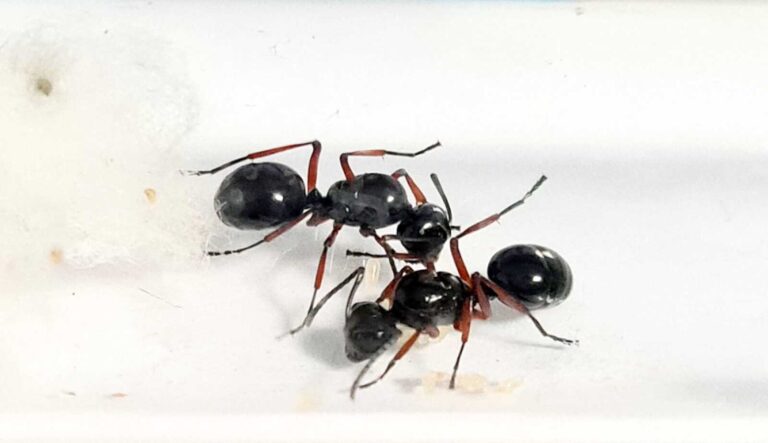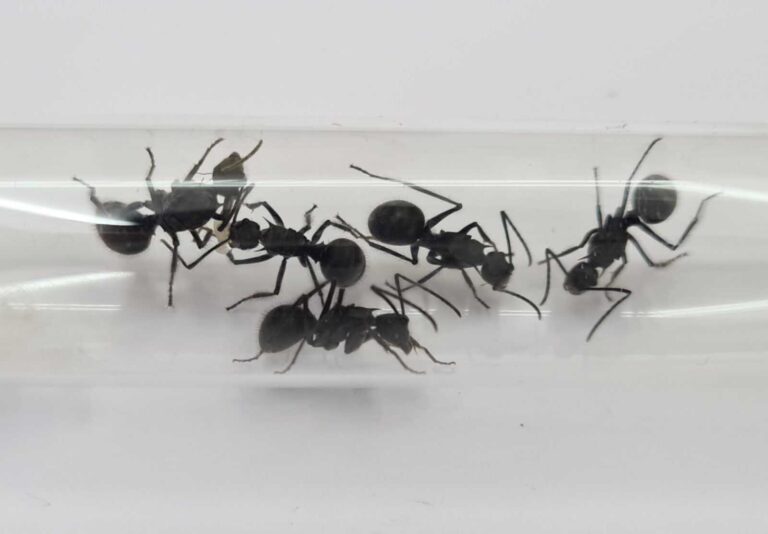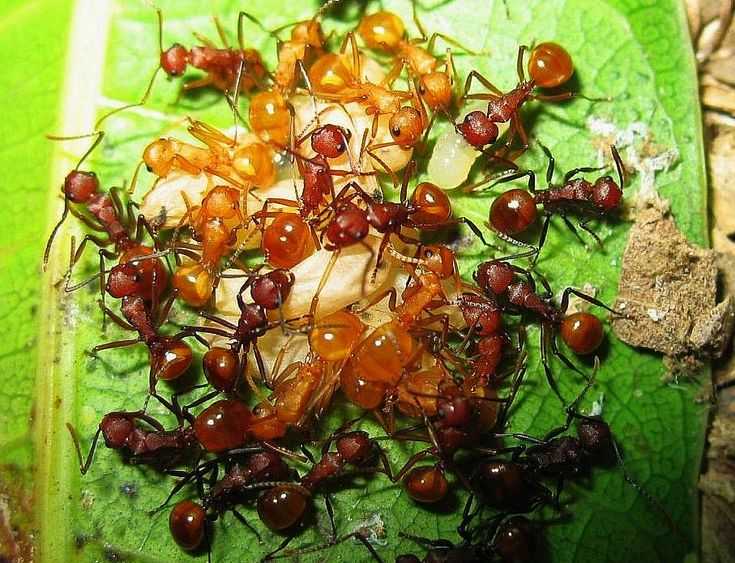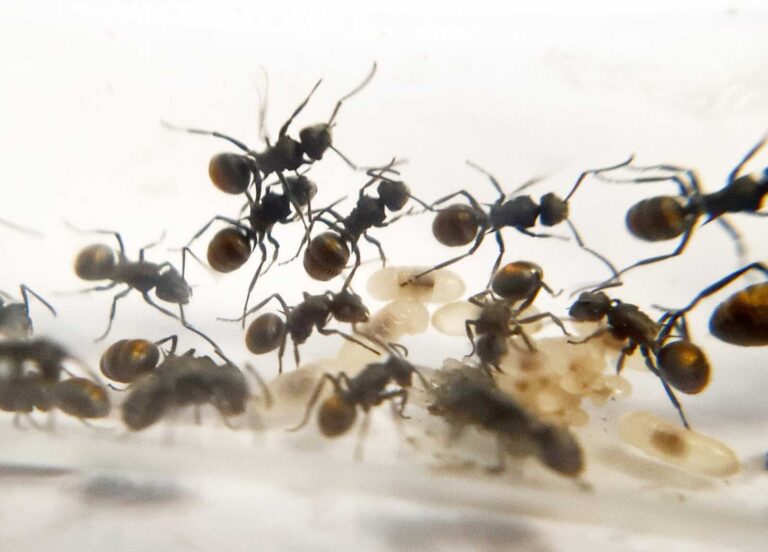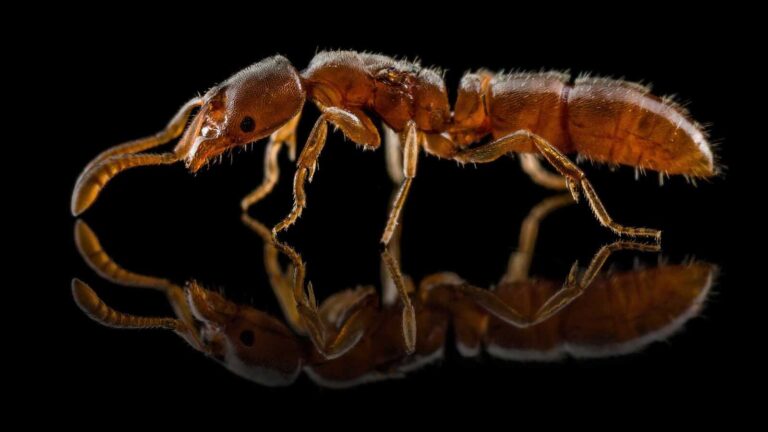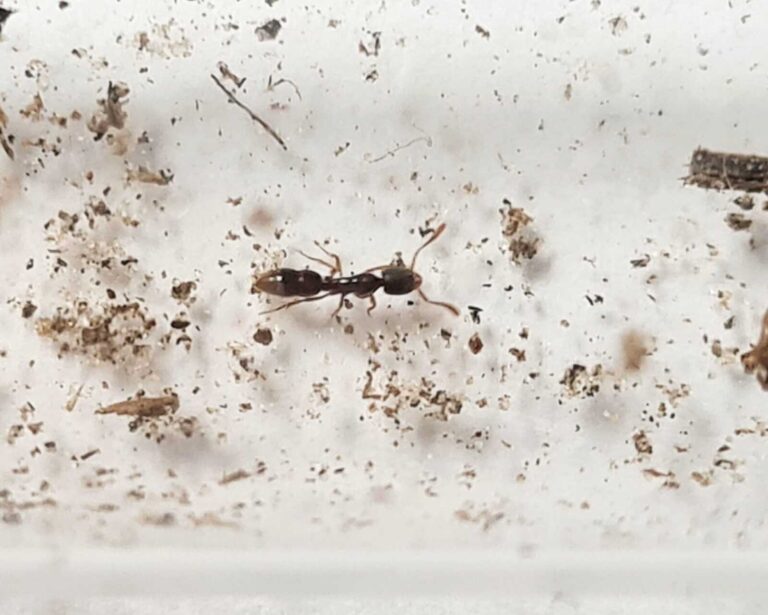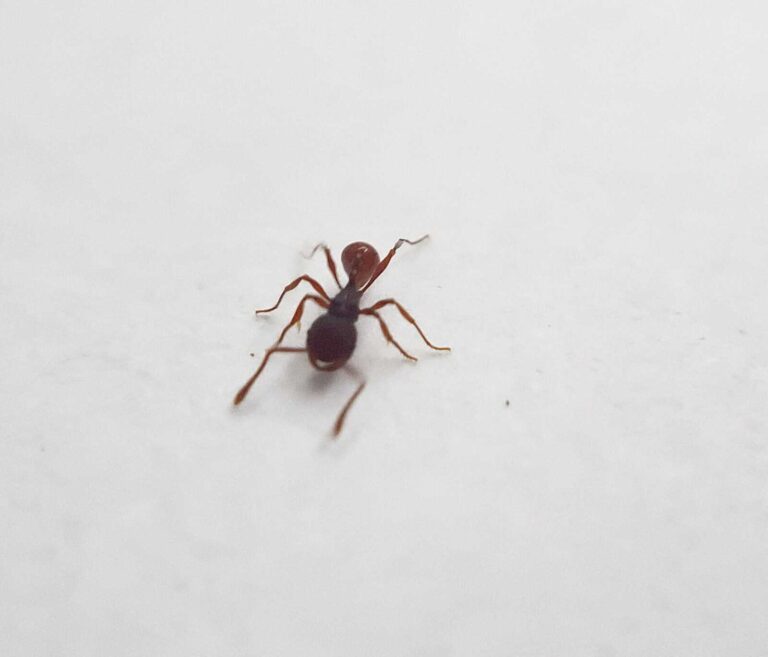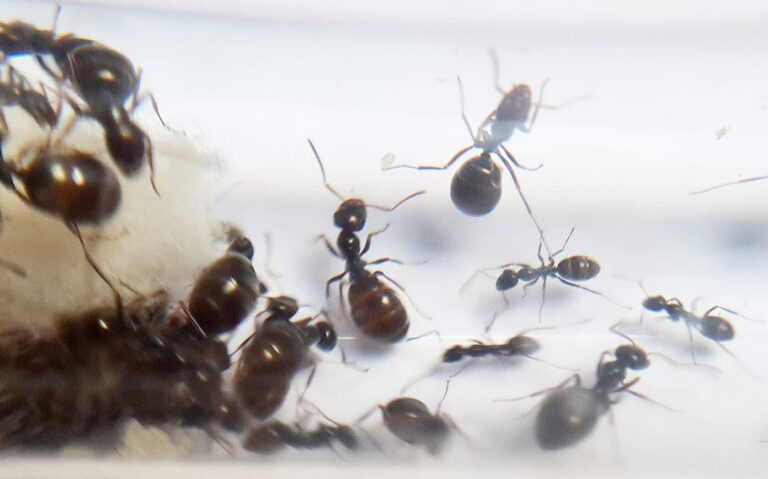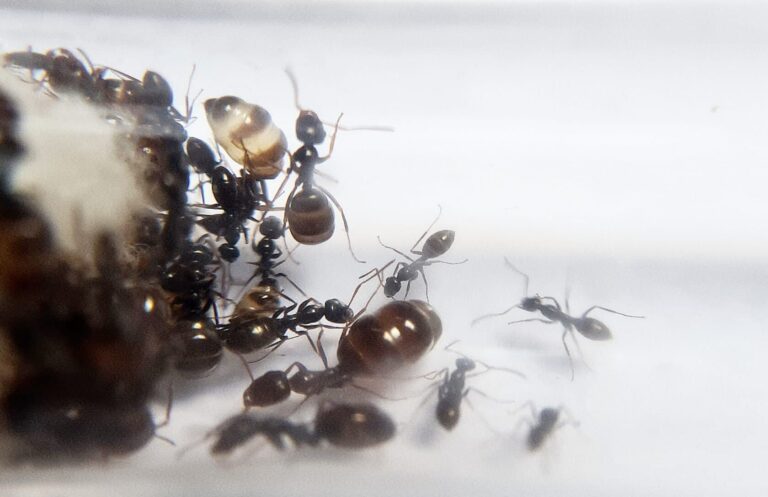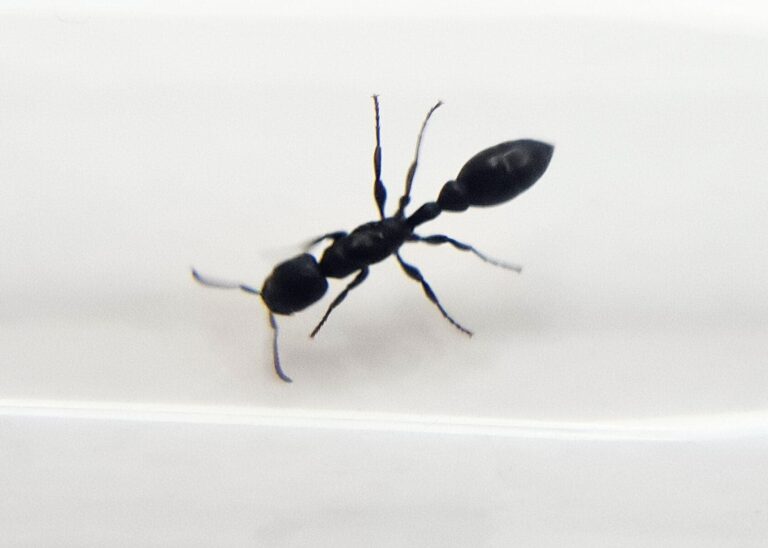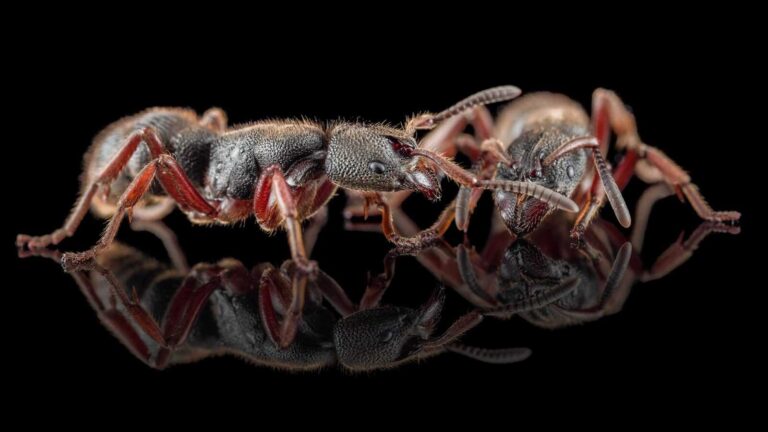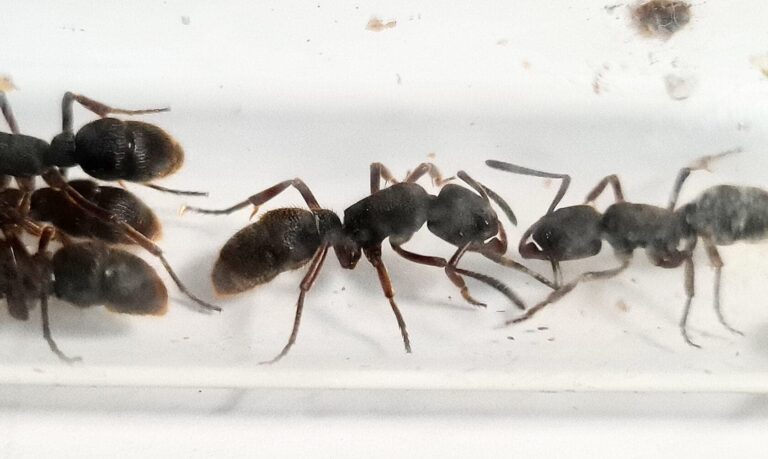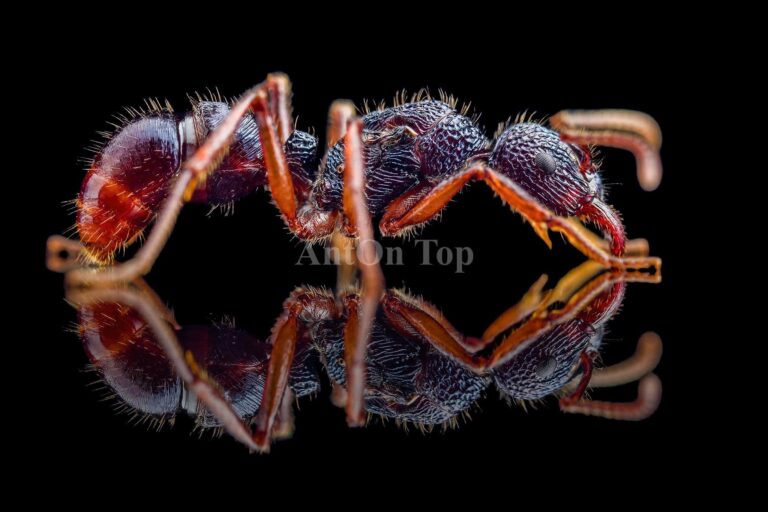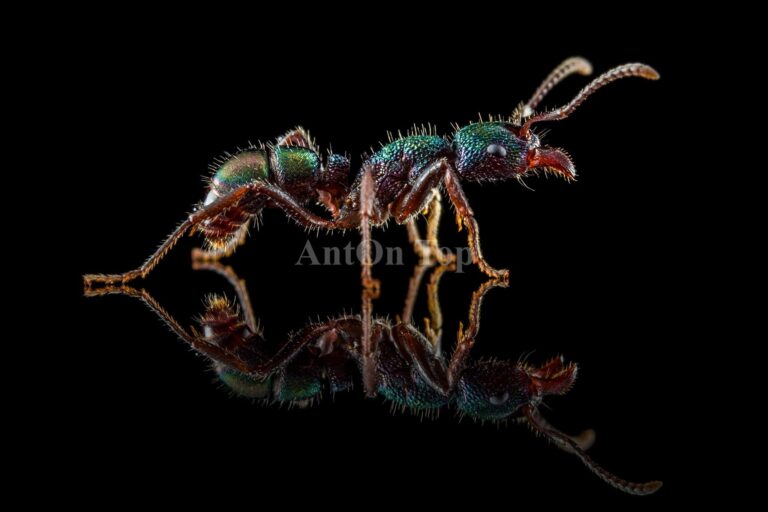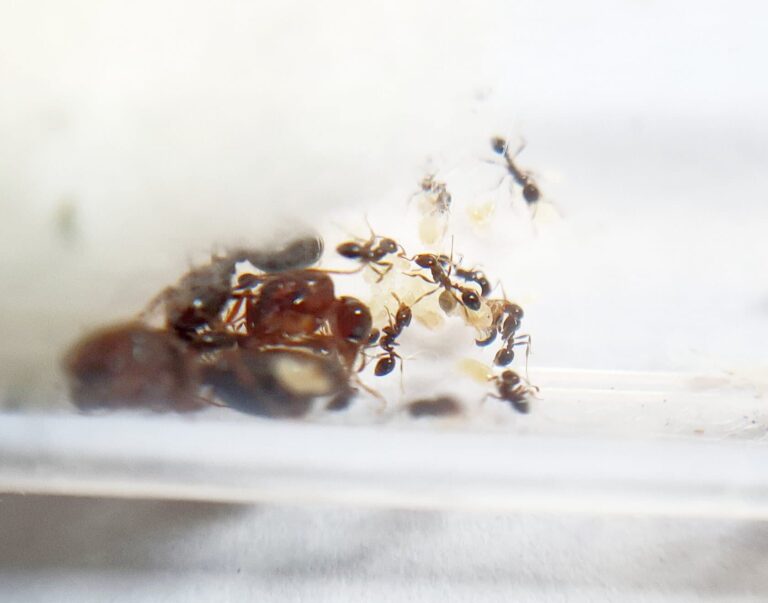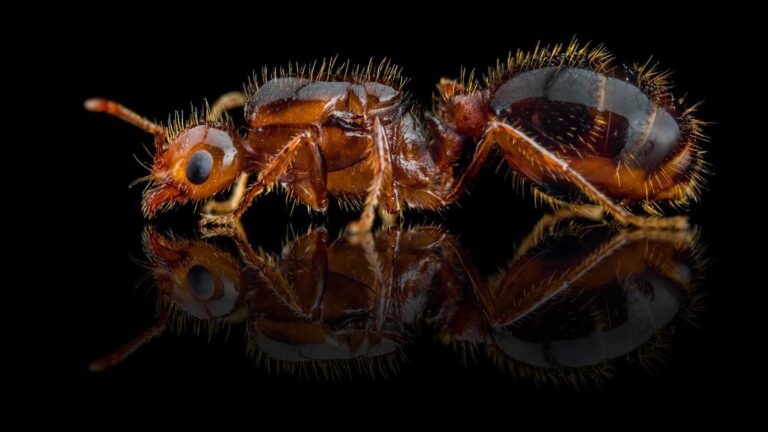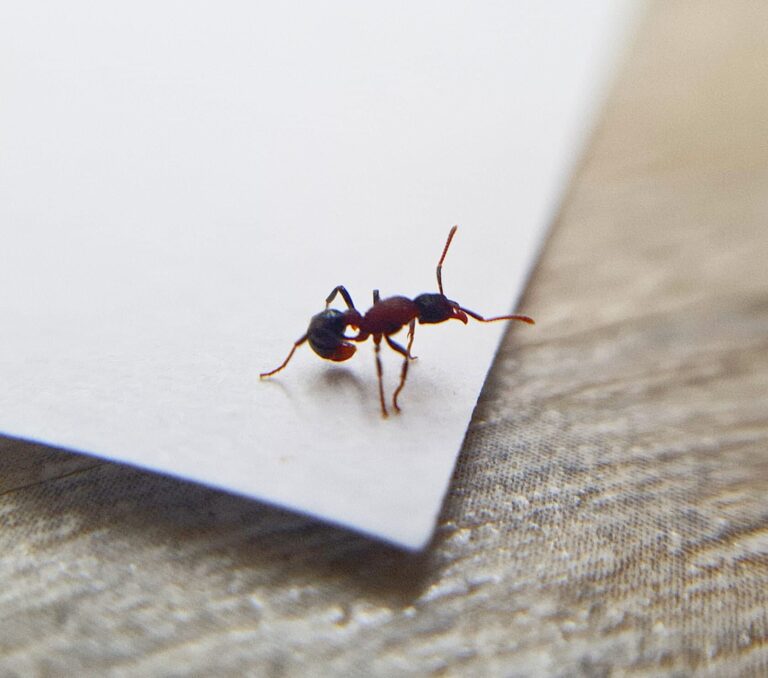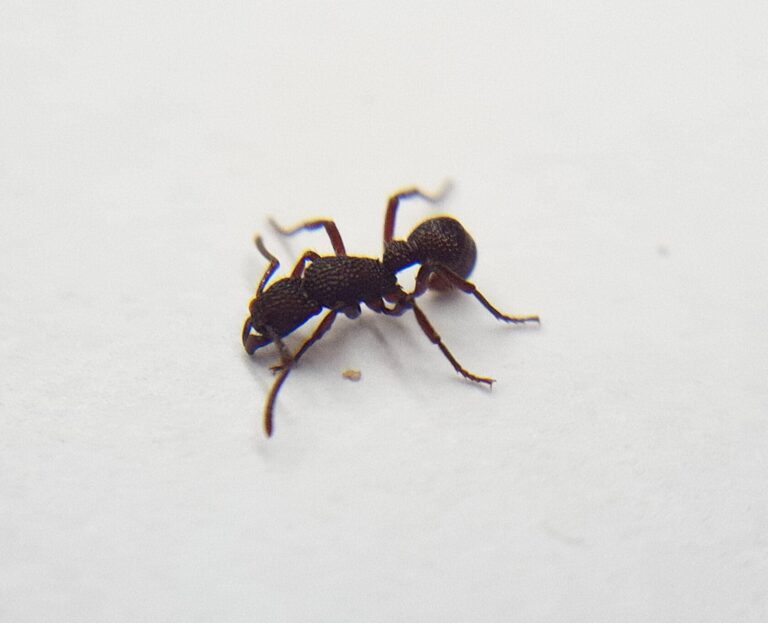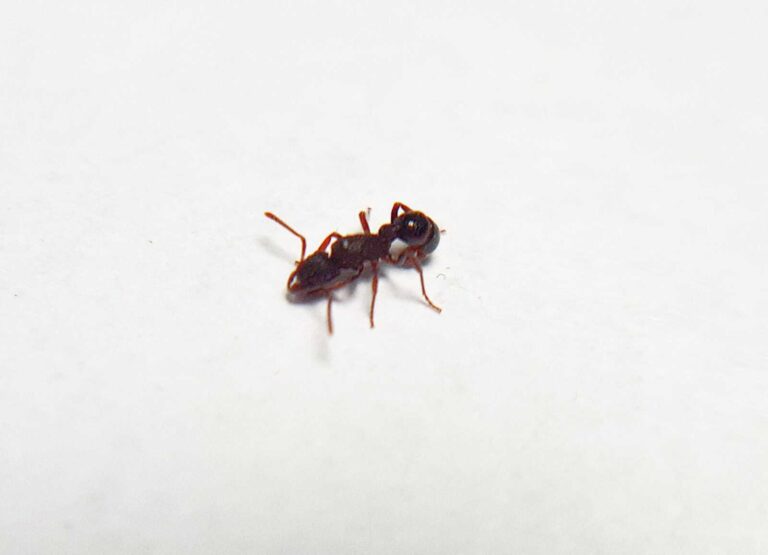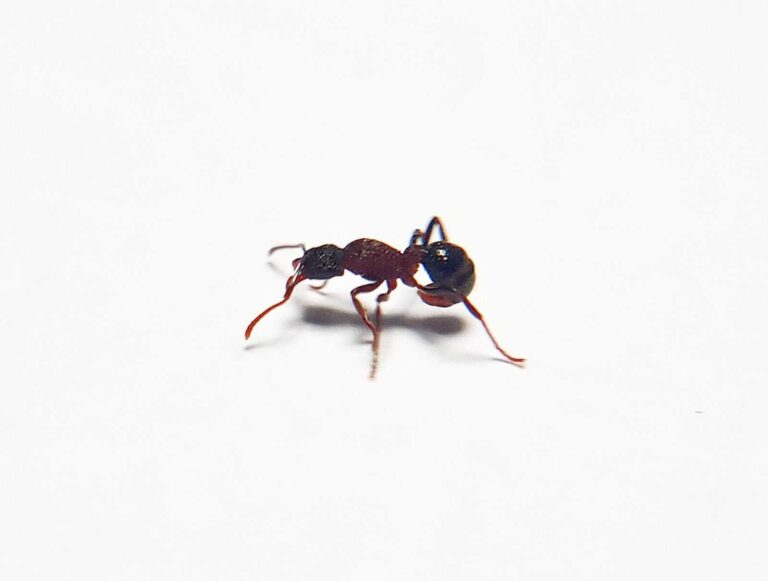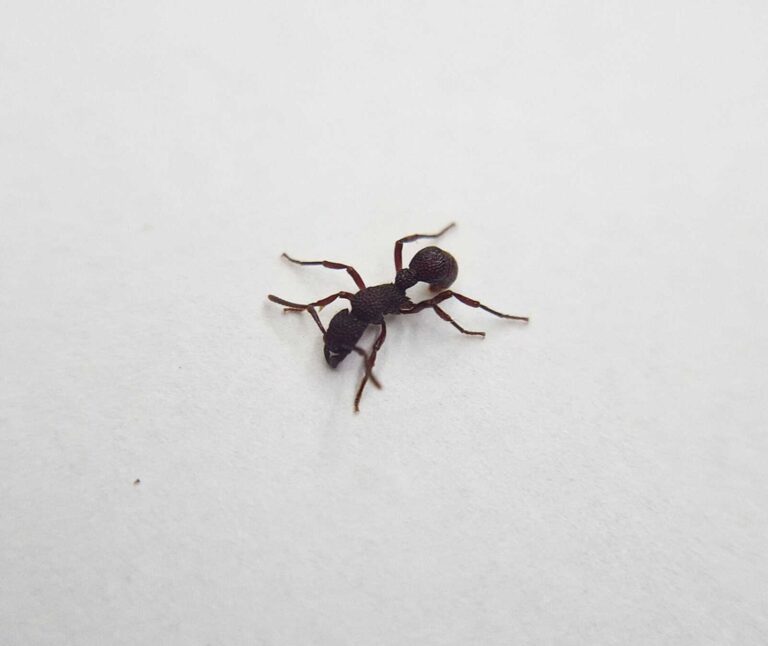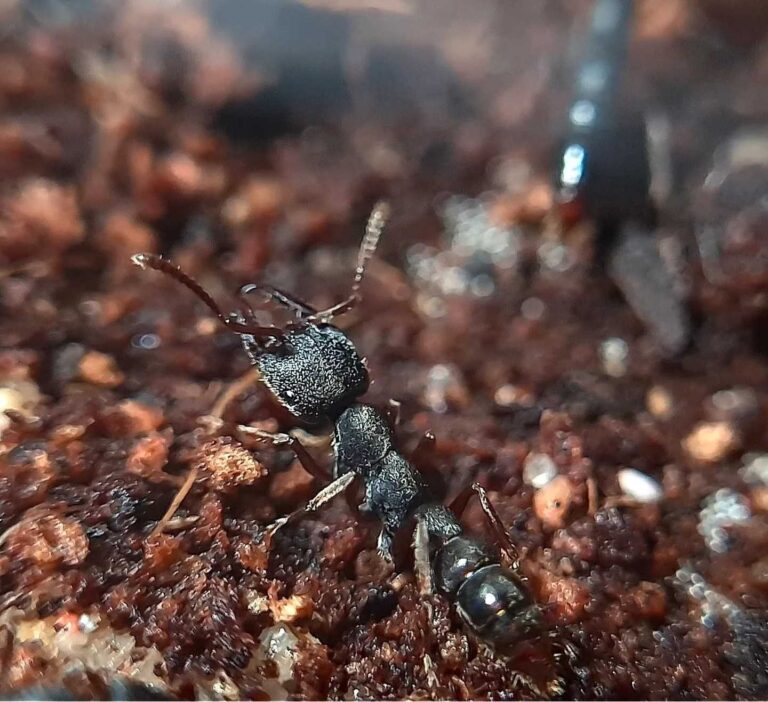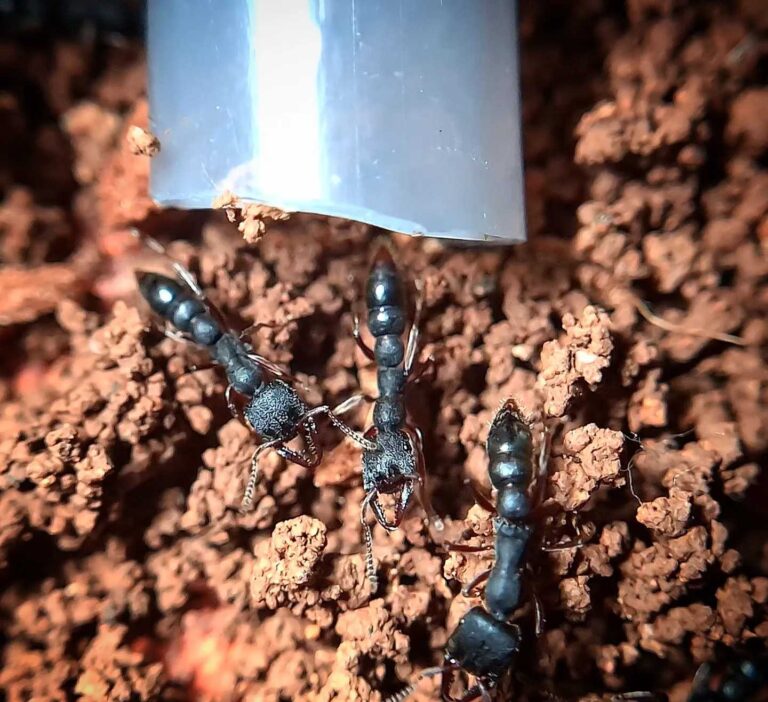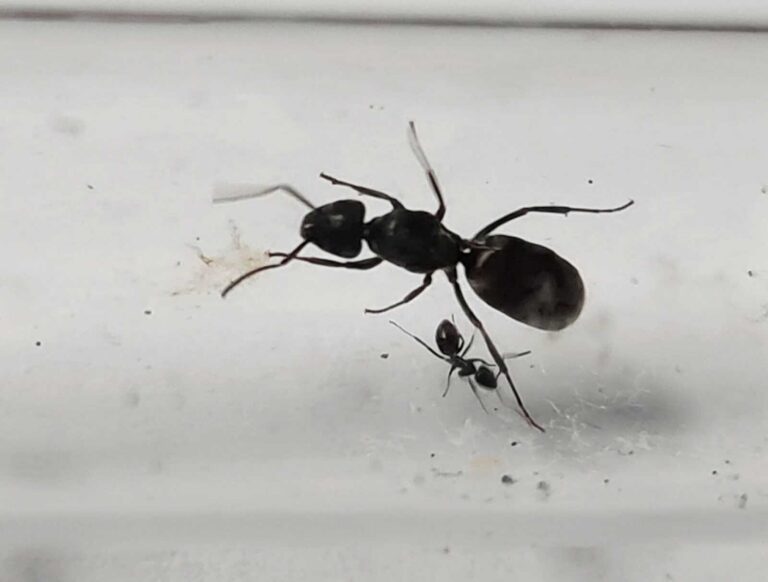Showing 301–320 of 323 results
Product categories
Stock status
Filter by price
Behavior
- ShyShy 5
- CalmCalm 75
- ModerateModerate 141
- AggressiveAggressive 89
- FastFast 11
Defficulty
Number of workers
- Queen 312
- Queen and 1-50 workers 14
- Queen and 1-3 workers 300
- Queen and 4-10 workers 303
- Queen and 11-20 workers 303
- Queen and 21-40 workers 303
- Queen and 41-60 workers 297
- Queen and 61-100 workers 186
- Queen and 51-100 workers 14
- Queen and 101-200 workers 39
- Queen and 201-500 workers 19
- Queen and 501-1000 workers 10
- 2 Queens 31
- 2 Queens and 1-50 workers 7
- 2 Queens and 1-3 workers 28
- 2 Queens and 4-10 workers 28
- 2 Queens and 11-20 workers 28
- 2 Queen and 21-40 workers 26
- 2 Queens and 41-60 workers 27
- 2 Queens and 61-100 workers 15
- 2 Queens and 101-200 workers 15
- 2 Queens and 51-100 workers 7
- 2 Queens and 201-500 workers 8
- 2 Queens and 501-1000 workers 2
- 3 Queens 16
- 3 Queens and 1-50 workers 7
- 3 Queens and 1-3 workers 15
- 3 Queens and 4-10 workers 15
- 3 Queens and 11-20 workers 15
- 3 Queens and 21-40 workers 15
- 3 Queens and 41-60 workers 15
- 3 Queens and 61-100 workers 9
- 3 Queens and 51-100 workers 7
- 3 Queens and 101-200 workers 12
- 3 Queens and 201-500 workers 8
- 3 Queens and 501-1000 workers 1
Origin
Filter by size
MicroMicro 13
SmallSmall 62
MediumMedium 159
LargeLarge 73
HugeHuge 14
Wintering
Polyrhachis rastellata
309,90 złPolyrhachis rastellata is a polygynous ant species with colonies consisting of up to 10,000 individuals. They have a fast development speed and their size ranges from 9-11mm for queens and 7-9mm for workers. These ants have a black body with orange legs and their diet includes food insects, syrup, fruits, vegetables, jelly, and cooked chicken without salt.
Polyrhachis risoxa
399,90 złPolyrhachis risoxa is a monogynous ant species with colony sizes of up to 5,000 workers. They have a fast development speed and are black in color. They require a diet of food insects, syrup, fruits, vegetables, jelly, and cooked chicken without salt.
Polyrhachis thrinax
299,90 zł – 479,90 złPrice range: 299,90 zł through 479,90 złPolyrhachis thrinax is a polyogynous ant species with colony sizes of up to 5000 workers. They have a fast development speed and the queen measures 7-9 mm while the workers measure 4-6 mm. They have an orange color and their diet consists of food insects, syrup, fruit, vegetables, jelly, and cooked chicken without salt. Humidity requirements are not specified.
Polyrhachis vermiculosa
595,90 złThe Polyrhachis vermiculosa ant colony is of polygyny type, with a size of up to 5000 workers. They have a fast development speed and come in different sizes – the queen measuring 10 mm and the workers measuring 5-7 mm. They are black and gray in color with golden hairs on the abdomen. Their nutrition includes insect food, syrup, fruits, vegetables, jelly, and cooked chicken without language.
Ponera coarctata
79,90 zł – 179,90 złPrice range: 79,90 zł through 179,90 złPonera coarctata is a polygynous ant species with a slow development speed. The colony size can reach up to 100 workers. The queen has a size of 4-6mm, while the workers are 2.3-3.5mm in size. They are black in color and primarily feed on food insects, syrup, fruits, vegetables, jelly, and cooked chicken without salt. The ideal humidity for this species is not specified.
Pristomyrmex brevispinosus
225,90 złPristomyrmex brevispinosus is a fast-growing ant species that can have up to 10,000 workers in a colony. The queen is 5-6 mm in size, while the workers are 4-5 mm. They have a red-chestnut color and their diet includes food insects, syrup, fruits, and vegetables.
Proformica ferreri
179,90 złProformica ferreri is a monogynous ant species with a colony size of up to 1000 workers. They have a medium development rate and the queen measures 9-11 mm while the workers measure 3-10 mm. They are black in color and their nutrition consists of food insects, syrup, and fruit. They require a humidity level of 60-80% in the arena and 60-70% in the nests.
Proformica nasuta
175,90 złProformica nasuta is a monogynous ant species with a colony size of up to 1000 workers. They have a medium development rate, with queens measuring 9-11 mm and workers measuring 3-10 mm in size. The ants are dark brown in color and their diet includes food insects, syrup, and fruit. They thrive in arenas with a humidity level of 60-80%, while their nests require a humidity level of 60-70%.
Pseudomyrmex lynceus
590,90 złPseudomyrmex lynceus is a black ant species with a monogynous colony type and a colony size of up to 5,000 workers. They have a medium development speed and the queen measures 8-9mm while the workers measure 6-8mm. They feed on insect food, syrup, and fruit. The recommended arena humidity is 60-80% and slots should be at 60-70%.
Pseudoponera rufipes
349,90 zł – 699,90 złPrice range: 349,90 zł through 699,90 złThe Pseudoponera rufipes colony is monogynous and can have up to 300 workers. They have a slow development rate. The workers are black and measure around 17-20 mm. Their nutrition consists of food insects such as cockroaches and crickets, syrup, and fruit. The ideal humidity for the arena is 60-80%, while the nests should have a humidity of 60-70%.
Rhytidoponera chalybeae
689,90 złRhytidoponera chalybeae is a monogynous ant species. The colony size can reach up to 500 workers, and their development rate is medium. The queen measures 7-8mm, while the workers measure 4-7mm. The ants have an iridescent purple orange-red color, with dark purple being dominant. Their nutrition consists of food insects, syrup, fruit, vegetables, jelly, and coconut water.
Rhytidoponera metallica
649,90 zł – 1299,90 złPrice range: 649,90 zł through 1299,90 złRhytidoponera metallica is a monogynous ant species with colony sizes reaching up to 300 workers. They have a medium development rate and vary in size, with queens measuring 6-8 mm and workers measuring 4-7 mm. These ants have a distinctive green-purple color and their nutrition includes food insects, syrup, fruits, vegetables, jelly, boiled chicken, and nuts.
Solenopsis stricta
279,90 złSolenopsis cf. stricta is a fast-developing ant species with polygynous colonies of up to 100,000 workers. The queen measures 6-9 mm, while workers measure 1.5-3 mm. They have a dark brown to reddish-brown color and feed on insect food, syrup, fruit, vegetables, jelly, and cooked chicken without salt.
Stictoponera bicolor
470,70 złStictoponera bicolor is a monogynous ant species with colony sizes of up to 500 workers. They have a medium development rate and the queen measures 6.5-7mm while workers measure 4-6mm. They have a black head and abdomen, with an orange chest. Their diet consists of food insects, syrup, and sweet fruits. They thrive in humid environments.
Stictoponera binghamii
489,90 złStictoponera binghamii is a monogynous ant species with a colony size of up to 500 workers. They have a medium development rate and their queen measures 5-6mm, while workers are 4-5mm in size. These ants are dark brown to rusty in color, with lighter legs and lower jaws. They primarily feed on food insects like cockroaches and crickets, as well as syrup and sweet fruits.
Stictoponera coxalis
510,90 złThe Stictoponera coxalis ant is a monogynous species with a colony size of up to 500 workers. They have a medium development rate and the queen measures 6-7.5mm, while the workers measure 5-6.5mm. They have a burgundy color and feed on food insects, syrup, and sweet fruit. They thrive in an arena humidity of 50-70% and nests with a humidity range of 60-80%.
Stictoponera menadensis
505,90 złThe Stictoponera menadensis is a monogynous ant species with a colony size of up to 500 workers. They have a medium development rate and have a queen size of 7-8 mm and worker size of 6.5-7.5 mm. Their color is a dark burgundy on the chest with a black abdomen. They feed on food insects, syrup, and sweet fruit. The arena humidity for these ants should be maintained at an appropriate level.
Stictoponera orthostoma
525,90 złStictoponera orthostoma is a monogynous ant species with a medium development rate. The queen and workers are 7-9 mm in size and have a burgundy color. They primarily feed on food insects, syrup, and sweet fruit. The preferred humidity levels in the arena and nests are 50-70% and 60-80%, respectively.
Stigmatoma reclinatum
499,90 zł – 1099,90 złPrice range: 499,90 zł through 1099,90 złStigmatoma reclinatum is a black ant species that forms monogynous/gamergate colonies with a size of up to 500 workers. They have a medium development rate and feed on food insects and fruits. They prefer an arena humidity of 30-50% and nests with a humidity of 50-60%. The ideal arena temperature for them is 24-32 °C.
Tapinoma nigerrimum
199,90 złTapinoma nigerrimum is a glossy black ant species with a polygynous colony type and a medium development rate. The queen has a size of 5-6mm while workers are 2-4mm in size. They feed on food insects, syrup, fruits, vegetables, jelly, and cooked chicken without salt.


